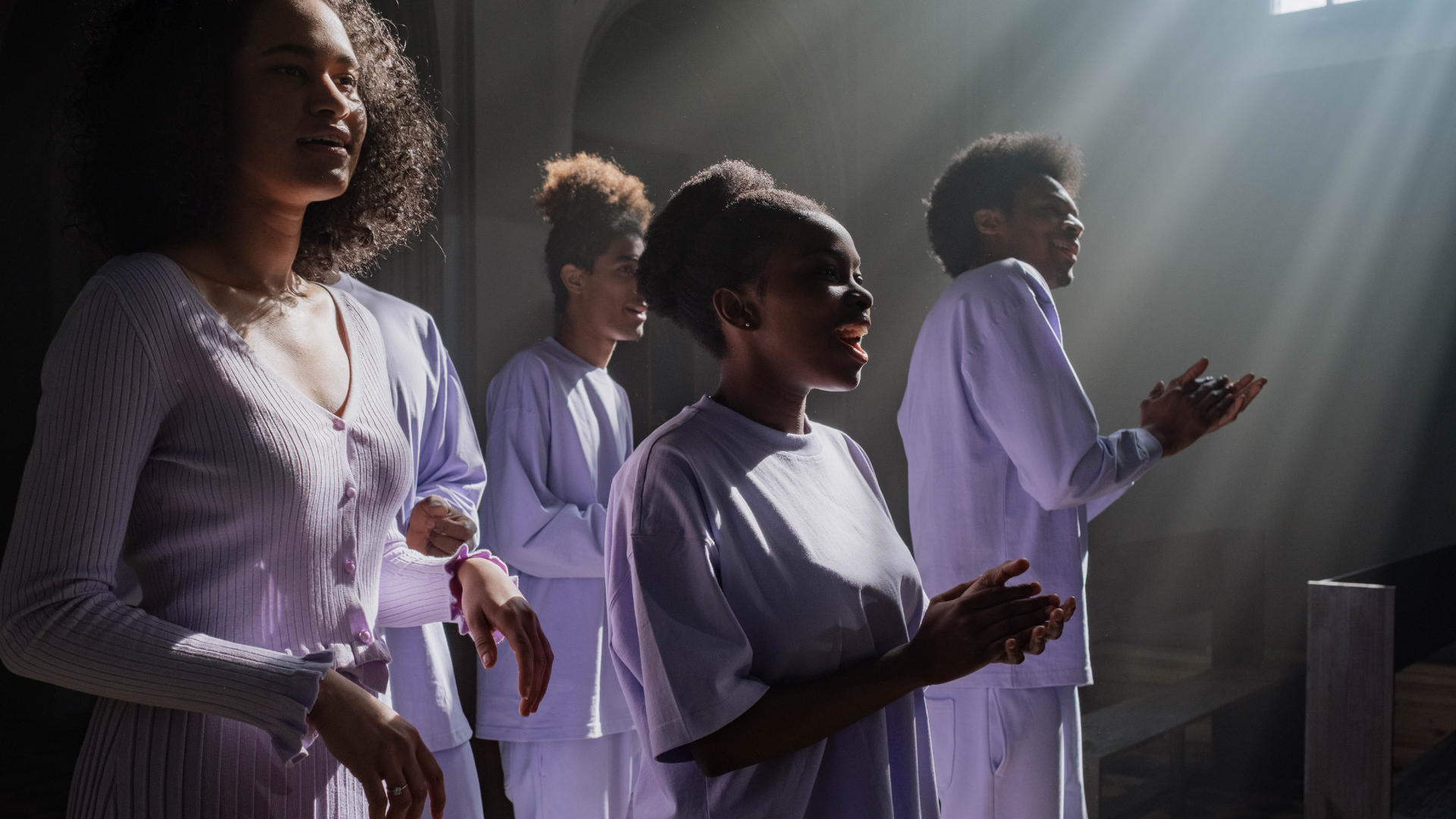Church music has existed since the beginning of time, with many different styles and genres. There’s a song for everyone in the church choir, from traditional hymns to praise and worship songs. Whether a beginner or a seasoned musician, this guide will teach you everything you need to know about church music through the ages.
What Does Church Music Mean?
Church music has a long and varied history, with many different styles and techniques developed over the years. There is no single formula for composing church music, and each composer takes their approach to create inspiring melodies that can lift worshippers into prayer.
Some of the earliest forms of church music were chants or hymns Pearson developed in the early Christian era. These simple poems or songs were often used to help congregants focus on their religious prayers. As Christianity spread worldwide, new hymns were written to reflect the cultural differences of each region.
Later on, composers began experimenting with more complex styles and arrangements. Romantic era composers like Johann Sebastian Bach and Ludwig van Beethoven were famous for their elaborate choral works, which could require dozens of musicians to perform flawlessly.
Today, church music continues to evolve, with contemporary composers exploring new soundscapes and genres. Whether it’s soulful worship tunes or uplifting anthems that unite people, church music is a crucial part of any religious service.
How Did Church Music Start in Christian History?
Church music is a centuries-old tradition used to connect Christians in prayer and bible study. Its origins can be traced back to the early days of Christianity when hymns were used as prayers and songs of praise. Over time, church music evolved into an art form used to communicate religious messages and celebrate spiritual events.
Today, church music can be found in various styles and formats. Some churches use traditional instruments, such as organs and choirs, while others prefer modern technology, like sound effects and synthesizers. Regardless of its style, all church music is intended to help worshippers feel connected to God.
What Is The Purpose Of Church Music?
Church music has a long and varied history. It can be traced back to early religious rites when choirs accompanied religious ceremonies. As Christianity spread worldwide, choirs became an important part of religious life. In later centuries, church music evolved into an art form, with composers writing sacred works for soloists, choirs, and orchestras.
Today, church music promotes worship and connects congregation members with God. It can also serve as a source of relaxation and inspiration during services. Church music has many purposes: to glorify God, to provide comfort and peace in times of stress, and to inspire congregants to live lives full of faith.
Who Has Been On The Cutting Edge Of Church Music?
Church music has been evolving for centuries, with composers and performers exploring new sounds and styles to create an atmosphere of worship. Here are some ecclesiastical pioneers who have pushed the envelope musically:
1. Johannes Brahms (1833-1897)
Brahms is considered one of the fathers of German romantic music, and his compositions for the church include sacred chorales as well as hymns. His most famous work is the Requiem, a mass for deceased loved ones that have been performed around the world.
2. Olivier Messiaen (1908-1992)
Messiaen was a pioneer in electronic music, creating pieces that could be challenging to perform live on stage. However, his biggest contribution to church music may have been his efforts to bring jazz into religious contexts. Messiaen’s “Turangalila Symphony” is perhaps his most renowned work for the church choir.
3. John Rutter (1935-)
Rutter is known for his emotive ballads sung by choirs and soloists, often celebrating the faith and love storybook motifs like “The Lamb Lies Down On Broadway.” He’s also composed secular works like “The Music Of The Trees” for choir and organ, which explore naturalistic themes in soundscapes inspired by nature.
4. Maurice Durufle (1893-1981)
Durufle was a leading figure in French classical music and was known for his virtuosic skills as a pianist and composer. His works for the church include sacred chorales, hymns, and organ pieces. Durufle’s “Requiem” is one of the most well-known religious compositions in the world.
5. Arvo Part (1935-)
Part is considered one of the most important composers of contemporary classical music, and his work for the church includes both sacred and secular pieces. His most famous works are “Sevilla Cathedral” and “Miserere,” which blend classical instruments with traditional African rhythms and melodies.
6. George Frideric Handel (1685-1759)
Handel is best known for his Oratorios, large-scale religious works typically composed in multiple parts for a large orchestra. His most famous work for church choir is the “Hallelujah Chorus,” recorded by countless performers over the years.
Church music has a long and fruitful history, spanning many centuries and varying in style. This guide introduces the main types of Church Music through the Ages, with tips on how to enjoy each type correctly. From Gregorian Chant to modern worship songs, this guide has something for everyone who loves church music. Thanks for reading!

Leave a Reply